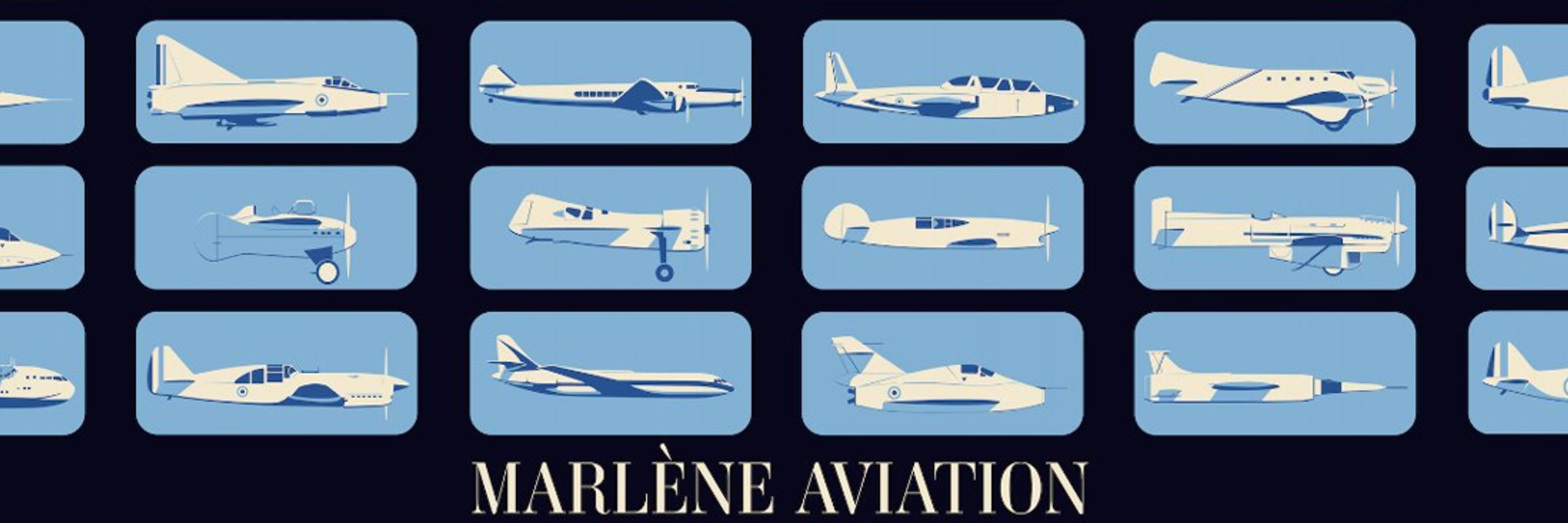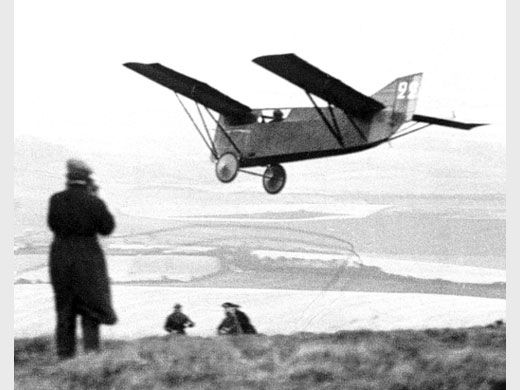Marlène Aviation
@aviationmarlene.bsky.social
940 followers
27 following
620 posts
I talk about the french aviation history, aircraft, projects, and flying machines designed in France.
SE-210 "Caravelle" lover
A scientific mediator in the space industry
Posts
Media
Videos
Starter Packs
Reposted by Marlène Aviation
























